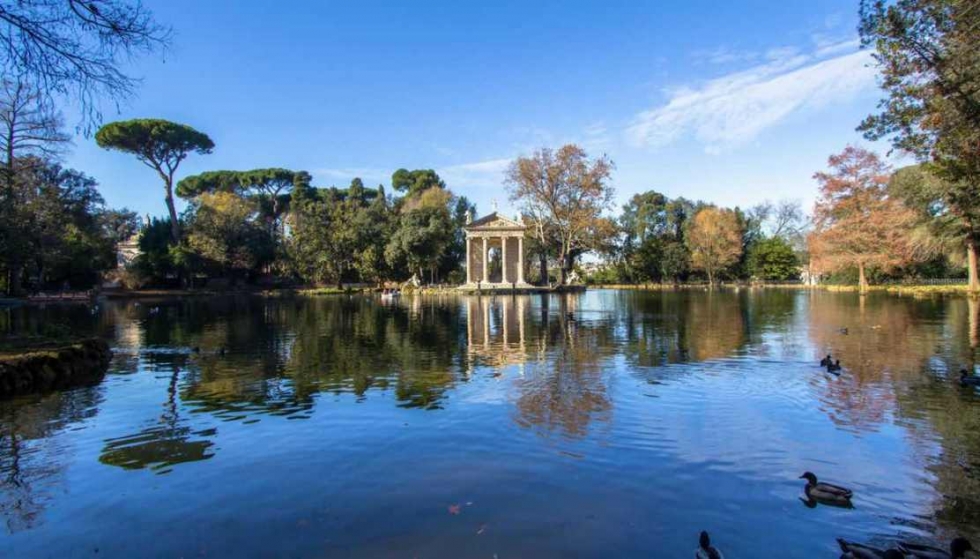This wonderful historic park covers an area of about 80 hectares and has a perimeter of more than 6 kilometers marked by 9 entrances. The Villa rules the entire Pinciano district – one of the most refined in the whole city – and it’s an obligated leg for tourists and Romans that want to lose their-self in nature, escaping the chaotic city traffic. This Villa is called “Borghese” because it was realized by the rich and powerful Sienese family: the Borghese.This family owned the original unit of the estate at the end of the XVI century and enlarged it of a great amount at the beginning of the upcoming century. The cardinal bishop Scipione Borghese – Pope Paul V’s nephew – with some different acquisitions and also with the help of his powerful uncle, was able to increase the dimensions of the estate wanting it to become the largest garden built in Rome since the Roman age. He chose Flaminio Ponzio as the main architect for this work, who was also helped by a young Gian Lorenzo Bernini and his father Pietro. Another important character behind this work was surely the gardener Domenico Savini from Montepulciano, who did an excellent and skillful job.The Villa was finished in 1633 and after almost two centuries another member of the Borghese family (Camillo Borghese) bought other properties and the estate finally reached Porta del Popolo. Camillo was the husband of Paolina Borghese, who was immortalized in one of the most famous sculptures of Antonio Canova. The entire area was reorganized by the architect Luigi Canina. At the beginning of the XX century Villa Borghese was acquired by the Italian State and given to the city of Rome. From that day it’s a public park.
From all the buildings, fountains and ponds that are located in the Villa the main one is surely “Casino Borghese” which comprehends one of the most extraordinary museums in the world: Galleria Borghese. In the park we can also find Villa Giulia’s National Etruscan Museum, the Biopark, the Zoological Museum and the amazing “Casina dell’Orologio”: a small two floor- building from the XVII century on top of which there are 4 clocks. There is also the Uccelleria and the garden of the lake with the Temple of Aesculapius (god of medicine in Ancient Rome) built at the end of the XVIII century.From of all these places of interest we have to add the Portico dei Leoni, the Temple of Diana and the beautiful Casa delle Rose. The park is embellished by countless fountains and by the famous porticos (both Greek and Egyptian). Two of the most well-known places in the Villa are Piazza di Siena – famous because of the horse races – which calls to mind the native city of the Borghese family, and the Casina di Raffaello that has nothing to do with the renaissance artist.To remember is also the Cinema dei Piccoli (Children Cinema) – called like that because it often plays movies for children – which with only 63 seats is the smallest cinema in the world! And at last there is the suggestive view of Terrazza del Pincio. This terrace overlooks on Piazza del Popolo (literally “People’s Square”) and the sight is really breathtaking. That’s why the Romans used to call it “Mons Pincius” (Pincian Hill), from which the word Pincio and the very name of the district: Pinciano.
Giuseppe Rosselli




